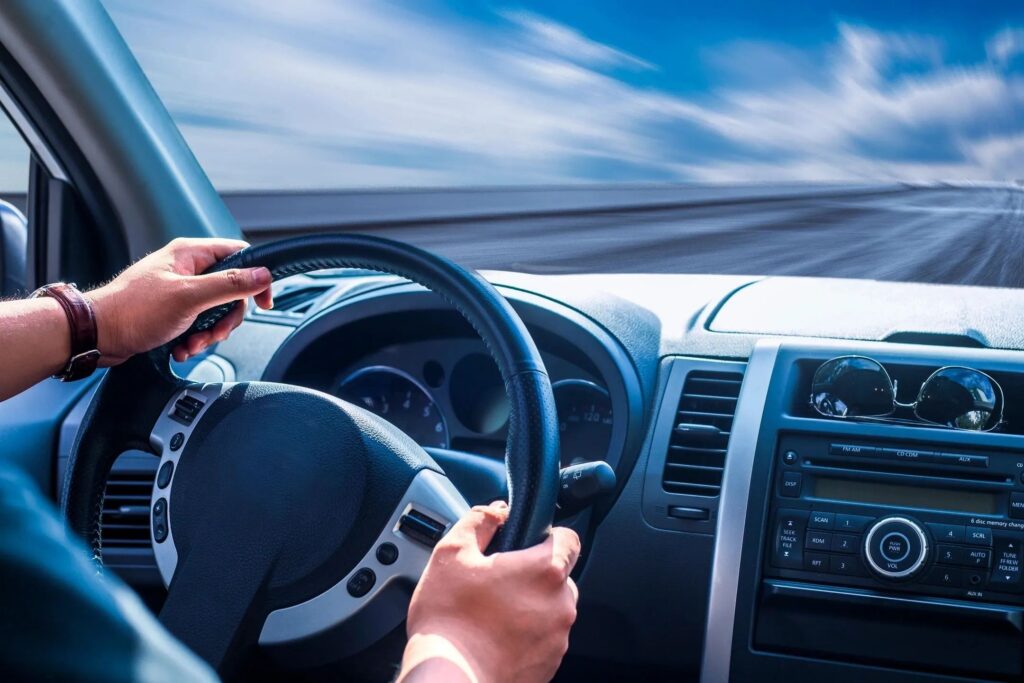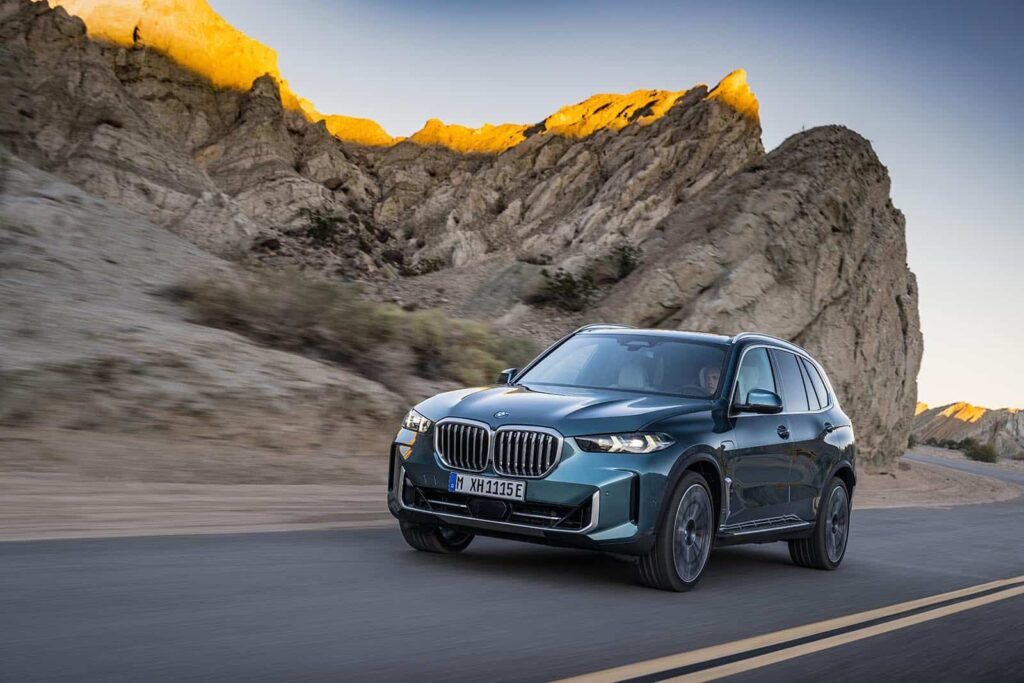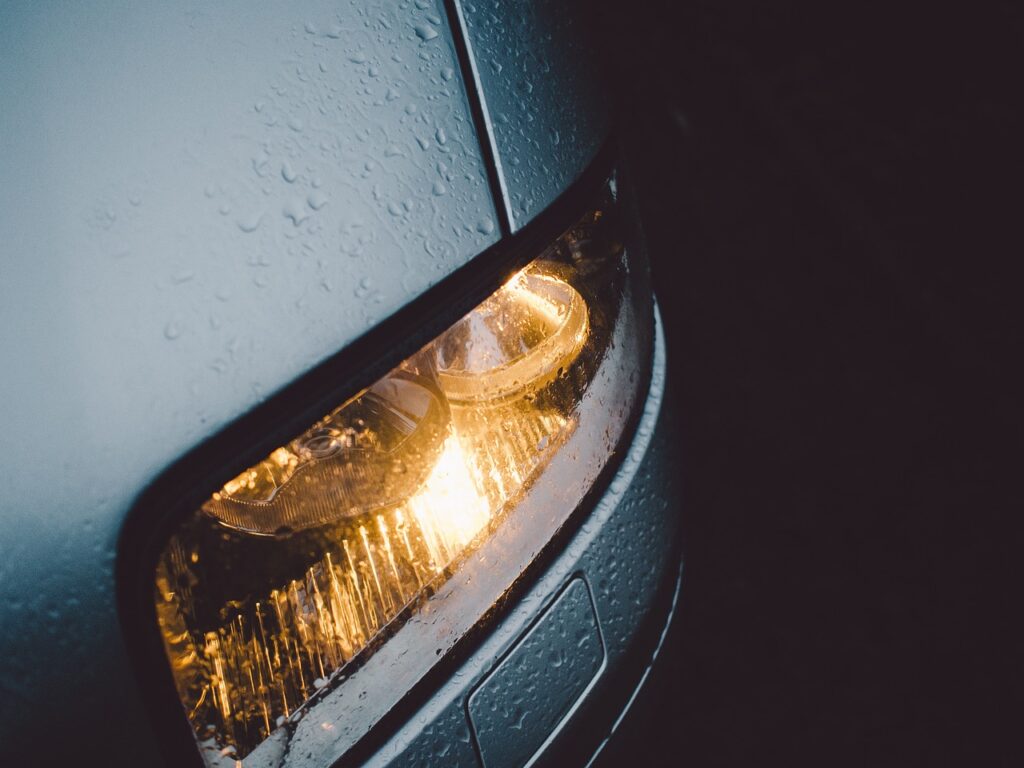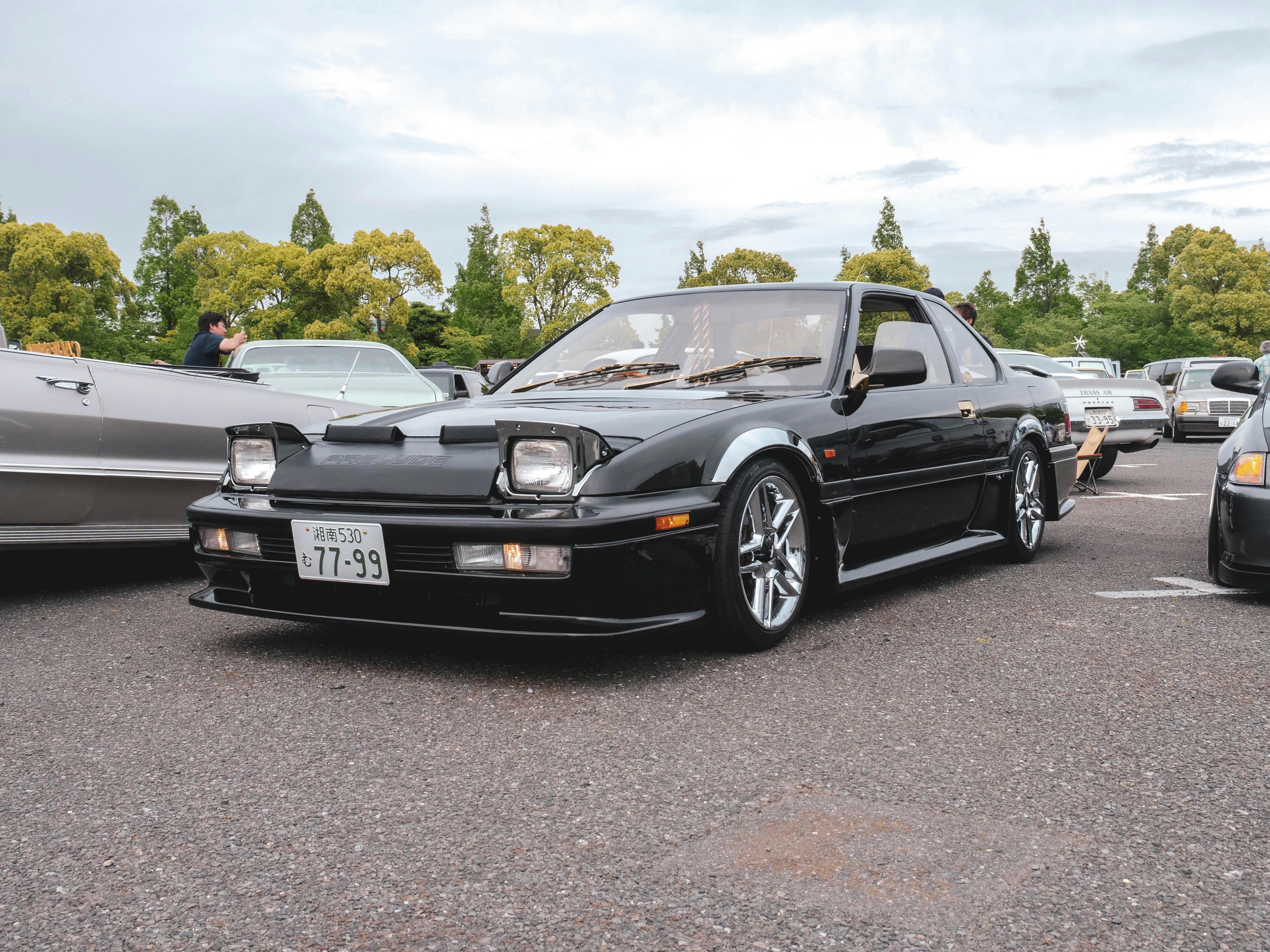
For countless automotive enthusiasts across the United States, the allure of a Japanese Domestic Market (JDM) classic is nothing short of legendary. The thought of owning a pristine Nissan Skyline GT-R, a sleek Toyota Supra, or a quirky Honda Beat, all while benefiting from Japan’s rigorous maintenance standards and unique offerings, paints a vivid picture of automotive bliss. Indeed, Japan is a ‘goldmine for car lovers and collectors,’ boasting a ‘huge variety of well-maintained vehicles’ and ‘rare JDM models not sold in the USA,’ often at ‘cheaper prices than US dealers.’ However, the journey from bidding on an auction platform in Japan to legally driving your dream JDM machine on American roads is paved with more than just anticipation; it’s also laden with a series of often-overlooked financial commitments.
While the initial purchase price of your chosen classic is naturally the first figure that comes to mind, savvy importers understand that this is merely the tip of the iceberg. The entire process, from securing the vehicle to its final registration, involves a complex web of fees, duties, taxes, and logistical expenses that can significantly inflate the total landed cost. Understanding these ‘hidden costs’ upfront is not just about budgeting; it’s about making informed decisions, preventing unwelcome surprises, and ensuring your beloved JDM classic arrives safely, legally, and without unnecessary financial strain. As the market for these iconic machines continues to thrive, with ‘high resale value for iconic cars,’ meticulous planning becomes paramount.
This in-depth guide is designed to illuminate the complete financial landscape of importing a 25-year-old JDM classic to the USA, moving beyond the simple vehicle price to uncover the multifaceted expenses that await. We’ll break down the critical costs you must anticipate, offering a comprehensive look at what to expect once your vehicle leaves Japan and sets sail for U.S. shores. From mandatory customs duties to optional but highly recommended protections, preparing for these expenditures will empower you to navigate the import process with confidence, transforming what can feel ‘confusing at first’ into a ‘much more manageable’ endeavor, ultimately allowing you to ‘drive away legally!’
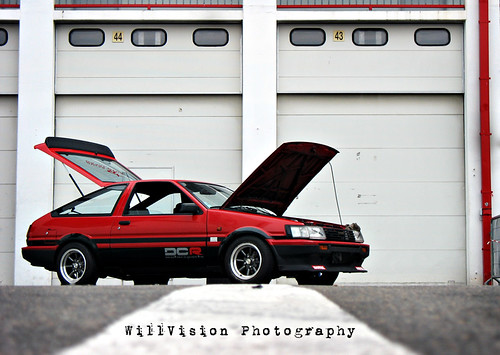
1. **U.S. Customs Fees: The Gateway to Entry**Once your eagerly awaited JDM classic arrives at a U.S. port, the first significant financial hurdle you’ll encounter involves U.S. Customs Fees. These are non-negotiable charges levied by the government that must be settled before your vehicle can be released. The core component here is the Import Duty, which, for most passenger cars, stands at ‘2.5% of the declared value of the vehicle.’ This value is typically based on the bill of sale or commercial invoice, so ensuring accurate documentation from your Japanese exporter is crucial to avoid any discrepancies or delays. For specific classifications like trucks, this duty can jump to ‘25%,’ and for motorcycles, it’s ‘2.4%,’ underscoring the importance of correct vehicle classification.
Beyond the primary import duty, importers must also contend with the Merchandise Processing Fee (MPF) and, in some cases, the Harbor Maintenance Fee (HMF). The MPF, as of 2025 rates, is ‘0.3464% of the value of the vehicle, with a minimum of $31.67 and a maximum of $614.35.’ This fee helps cover the costs associated with processing import entries. The HMF, on the other hand, ‘applies to some container shipments’ and is ‘generally 0.125% of the value of the shipment.’ While often a smaller percentage, these fees add up and contribute to the overall cost of getting your car into the country. Remember, these charges are mandatory and must be paid before customs will grant release.
It’s important to note that for qualifying ’25-year exemption’ vehicles, specifically those ‘properly coded under HTSUS 9903.94.04,’ there’s a significant advantage: they are ‘exempt from the 25% Section 232 tariff’ that can apply to other imported finished vehicles. This exemption typically means you’ll only pay the ‘2.5% base duty,’ offering substantial savings. However, this hinges on accurate classification and adherence to the 25-year rule, which stipulates the vehicle must be ’25 years old from the month and year of production.’ Therefore, understanding and confirming your vehicle’s eligibility is paramount to capitalizing on this crucial cost-saving measure.
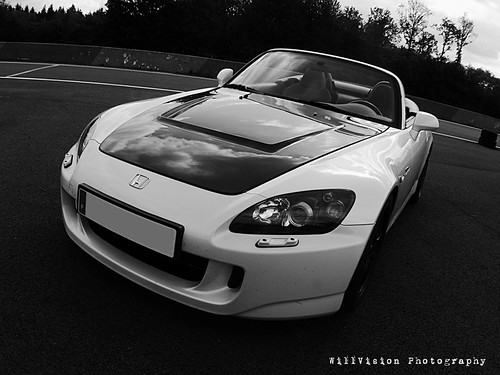
2. **Customs Broker Fees: Your Expert Navigator**Navigating the intricate landscape of U.S. Customs and Border Protection (CBP) regulations can be a daunting task, even for seasoned importers. This is where the invaluable service of a licensed customs broker comes into play. While technically ‘optional,’ hiring a customs broker is ‘highly recommended’ by industry experts and experienced importers alike. These professionals specialize in handling the complex paperwork, filings, and communication with CBP, significantly streamlining the clearance process and mitigating potential pitfalls that could lead to delays or denied entry.
Typical fees for a standard vehicle clearance by a customs broker generally range from ‘$300–$600.’ This fee usually encompasses the filing of essential forms such as CBP Form 7501 (Entry Summary), EPA Form 3520-1, and DOT Form HS-7. These forms are critical for declaring your vehicle’s compliance or exemption from U.S. safety and emissions standards, especially under the 25-year rule. The broker’s expertise ensures these documents are filled out correctly, a detail that cannot be overstated, as ‘all documents must be filled out correctly or you risk delay or denial.’
Furthermore, some brokers may charge additional fees for specific services, depending on the nature of your shipment. These can include ‘ISF filing (for containerized shipments)’ or a ‘Bond purchase (if required for certain ports or shipments).’ The complexity of these requirements can vary, making a broker’s guidance even more crucial. As one community voice attested, ‘The customs broker helped a lot. Worth every dollar. I wouldn’t try this without one.’ Their ability to preemptively address issues and ensure all federal requirements are met can ultimately save you ‘thousands or result in the car being seized’ by preventing ‘missing or incomplete documents’ and other common mistakes.
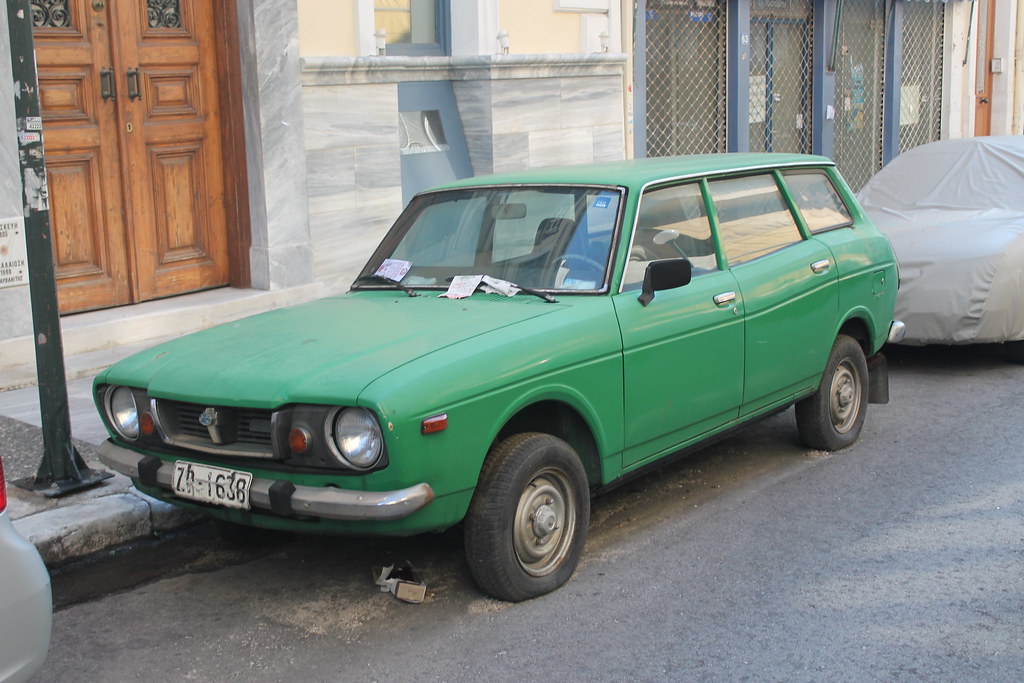
3. **Port Charges & Handling Fees: The On-Site Expenses**Once your JDM classic has successfully cleared customs, it still needs to be physically retrieved from the port, a process that incurs its own set of charges. These ‘Port Charges & Handling Fees’ cover the expenses associated with the vehicle’s stay and movement within the port facility until it is released for transport. They are distinct from customs duties and are paid directly to the port authority or their designated agents. Understanding these fees is essential for a complete budget, as they can sometimes accumulate, especially if there are unexpected delays.
Among these charges are ‘Terminal Handling Charges,’ which typically fall within the range of ‘$100–$200 depending on the port and carrier.’ These fees compensate the port for the labor and equipment involved in moving your vehicle from the ship to a designated storage area. Crucially, ports generally offer ‘2–5 free days after arrival’ for vehicle storage. However, if your vehicle is not picked up within this grace period, you should ‘expect to pay $25–$50 per day for storage,’ a cost that can quickly escalate if logistical issues or paperwork delays keep your car at the port longer than anticipated.
Additionally, some ports may impose ‘Gate or Release Fees’ for the physical handover of the vehicle to your chosen carrier or transporter. If your vehicle was shipped via container, you might also face ‘Container devanning (unloading) charges’ and potentially ‘Container inspection or cleaning fees.’ These charges highlight the importance of timely pickup and efficient coordination with your customs broker and transporter. Choosing a port ‘close to your final destination to save money on transport’ is also a practical consideration that can indirectly reduce the overall financial burden associated with these port-specific expenses, ensuring a smoother and more economical retrieval process.
Read more about: The Hidden Cost: These 14 Family Vacation Timeshares Become Costly Money Pits Once They Hit Maintenance Bills.

4. **Inland Transportation Costs: Getting Your Car Home**With your JDM classic successfully cleared through customs and released from the port, the next significant expense involves getting it from the port to its final destination: your home or business. Unless you plan to pick up the vehicle yourself directly from the port, which is often impractical, you’ll need to arrange for a domestic transporter. These ‘Inland Transportation Costs’ can vary widely depending on the distance between the port and your location, as well as the type of transport chosen.
For typical domestic transport using an ‘open trailer,’ average rates are outlined based on distance. ‘Local (same state)’ transport might cost ‘$150–$400,’ offering a relatively economical option for those residing close to major import hubs like Long Beach, CA, or Jacksonville, FL. For ‘Regional (East Coast to Southeast)’ journeys, prices increase to ‘$400–$800.’ If your JDM dream car is making a ‘Cross-country’ trek, prepare for expenses ranging from ‘$900–$1,500+,’ reflecting the greater distances and logistical complexities involved in transcontinental shipping.
For high-value or rare imports, enthusiasts often opt for ‘Closed transport,’ which provides enhanced protection from road debris, weather, and theft. However, this premium service comes at a higher cost, typically ’25–50% more’ than open trailer rates. It’s a trade-off between cost and peace of mind, especially for highly sought-after models like a Nissan Skyline GT-R or a Toyota Supra. When planning, it’s wise to factor in this crucial stage of delivery, choosing a method that balances your budget with the level of protection you desire for your unique JDM acquisition. This careful consideration ensures your classic arrives not just legally, but also in the pristine condition you expect.
Read more about: Total Regret with Every Service: 15 Vehicles Owners Vow They Would ‘Unbuy’ If They Had a Time Machine

5. **DMV & State Registration Fees: The Final Hurdle**Bringing your JDM classic into the U.S. is only half the battle; the final step to legally driving it on public roads involves registering and titling it in your specific state. These ‘DMV & State Registration Fees’ are mandatory and vary significantly from one state to another, adding another layer of cost to your import journey. Each state’s Department of Motor Vehicles (DMV) has its own set of rules and fee structures, making it essential to ‘Call your local DMV ahead of time to know exactly what’s required.’
Common costs encountered during the registration process include a ‘Title fee,’ which can range from ‘$75–$120 (varies by state),’ and a ‘Registration fee,’ typically ‘$60–$150.’ You may also face a ‘VIN verification or inspection fee’ of ‘$20–$50,’ which ensures the vehicle’s identification matches its documentation. Crucially, ‘Sales tax may apply based on your bill of sale,’ and this can be a substantial percentage of your vehicle’s declared value. Some states also require a ‘notarized bill of sale,’ ‘translation of Japanese export documents,’ or ‘proof of customs clearance (CBP Form 7501),’ adding to the preparatory work.
For those importing specific types of JDM vehicles, such as Kei trucks or Right-Hand Drive (RHD) cars, ‘Some states restrict Kei trucks to off-road or farm use only,’ and ‘RHD may face state-specific rules.’ While ‘Federal: RHD is legal; no federal requirement to convert,’ individual states ‘impose extra inspection/insurance hurdles or usage limits.’ These state-specific regulations highlight the importance of thorough research before importing, ensuring your chosen vehicle can be legally registered and operated in your desired manner. Navigating these final state-level requirements successfully is the last step before you can truly enjoy your imported classic.
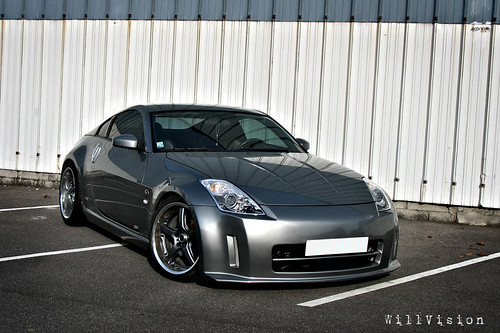
6. **Optional but Recommended Costs: Pre-Purchase Inspection**Before you even consider placing a bid on that dream JDM classic, an often-overlooked but profoundly impactful investment is a third-party pre-purchase inspection (PPI) conducted in Japan. This isn’t a mandatory fee in the customs process, but it is an ‘Optional but Recommended Cost’ that can save you significant headaches and financial heartache down the line. As the saying goes, “An ounce of prevention is worth a pound of cure,” and this holds especially true when buying a vehicle sight unseen from another continent.
These inspections, typically costing ‘$150–$300’ (or ‘$300–$600’ for more comprehensive checks including ‘auction sheet verification/undercarriage/mechanical’), provide an independent and expert assessment of the vehicle’s true condition. They go beyond the basic auction sheet grades, offering detailed reports, high-resolution photos, and sometimes even videos. This diligence ensures you’re fully aware of any potential rust issues, mechanical faults, accident damage not fully disclosed, or other defects that could transform your dream car into a financial nightmare upon arrival. Given that ‘Japan is a goldmine for car lovers and collectors’ with ‘well-maintained vehicles,’ verifying a specific car’s condition is still crucial to ensure it meets those high standards.
Investing in a PPI helps mitigate the risks associated with buying internationally. It provides peace of mind and empowers you to make an informed bidding decision. Knowing the exact condition of the vehicle before it leaves Japan allows you to budget for any necessary repairs or, if the issues are too severe, to walk away and find a better example. This upfront expense, though optional, is universally endorsed by experienced importers as a wise expenditure that protects your overall investment and prevents costly surprises once the car is stateside. It’s a proactive measure that embodies the ‘practical and consumer-oriented’ advice vital for JDM importing.
Read more about: Red Flag Alert: Critical Transmission Problems in Popular Pickup Trucks Around the 90,000-Mile Mark
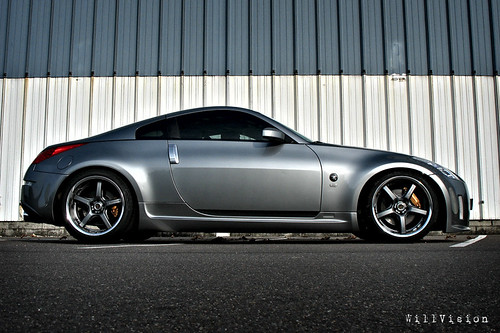
7. **Optional but Recommended Costs: Document Translation**Another ‘Optional but Recommended Cost’ that plays a crucial role in the smooth flow of your JDM import is the professional translation of key documents. While not always federally mandated for customs clearance, specific state DMVs or financial institutions may require certified translations, and having them prepared proactively can prevent significant delays during the registration process. Japanese export certificates, service records, or even titles might contain vital information that a U.S. official needs to understand clearly, and relying on automated translation can lead to inaccuracies and complications.
The ‘Export Certificate from Japan’ is one of the most critical documents you’ll receive, detailing the vehicle’s specifications, ownership history, and most importantly, its exact date of manufacture. This build date is paramount for confirming ’25-Year Rule’ eligibility, which dictates whether your car is exempt from rigorous EPA and DOT safety and emissions standards. A professional translation, typically costing ‘$50–$100,’ ensures that officials can quickly verify that your vehicle ‘must be 25 years old from the month and year of production,’ preventing any misunderstandings that could lead to your car being delayed or refused entry.
Beyond legal compliance, having translated documents can also be beneficial for insurance purposes or future resale. It demonstrates transparency and provides a clear history of the vehicle for any interested parties. While it might seem like a minor expense compared to shipping or duties, the smooth processing it facilitates during registration and other administrative steps makes it a worthwhile investment. This foresight contributes to a ‘clear and structured’ import process, ultimately saving time and reducing stress during the final stages of bringing your JDM classic home.
Navigating the thrilling world of JDM imports is truly a journey, and as we continue, the financial landscape reveals even more facets that demand attention. While the initial costs laid out in our first section are foundational, a truly informed importer understands that preparedness for further critical expenses and nuanced considerations is what separates a smooth, successful acquisition from a budget-busting headache. We’re now diving deeper into the intricacies, ensuring you’re equipped with every piece of financial wisdom necessary to welcome your JDM legend legally and confidently onto American soil. Let’s peel back the next layers of the cost onion, ensuring your automotive dream remains exactly that—a dream, not a financial nightmare.
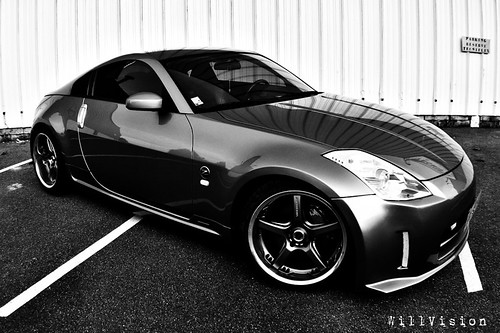
8. **Understanding Tariff Structures: Beyond the Base Duty**When importing your cherished JDM classic, one of the most critical and potentially variable financial components you’ll encounter involves U.S. tariffs. While we touched on the base import duty of ‘2.5% of the declared value of the vehicle’ in our discussion of U.S. Customs Fees, the full tariff picture, especially as of ‘April 2025,’ is more complex and depends significantly on the vehicle’s origin and its Harmonized Tariff Schedule (HTS) classification. This intricate structure can drastically alter your total landed cost, making a clear understanding absolutely essential.
Beyond the primary ‘2.5% base duty (HTS 8703.x)’ for most passenger cars, importers must be aware of additional tariffs. A ‘10% baseline tariff (2025 update)’ may apply, adding another layer of expense ‘depending on origin and HTS classification.’ Furthermore, the infamous ‘Section 232 (finished vehicles) tariff’ imposes a ‘25% charge for non-exempt countries.’ While the applicability for Japan-origin vehicles ‘can vary with current policy,’ it underscores the potential for significant increases. These tariffs are not automatic for all imports, but the risk necessitates diligent research.
Crucially, this is where the ’25-year exemption’ shines, offering substantial financial relief. Vehicles that are ’25+ years old, when properly coded under HTSUS 9903.94.04,’ are explicitly ‘exempt from the 25% Section 232 tariff’ and, as a general rule, ‘typically pay only the 2.5% base duty.’ This exemption is a cornerstone for JDM classic enthusiasts, transforming what could be a staggering duty load into a manageable one. However, the ‘final treatment depends on origin, content, and HTS coding on Form 7501,’ emphasizing the need for expert guidance to ensure correct classification and maximize savings.
To illustrate the impact, consider the ‘real-world duty scenarios’ provided by experts. A ‘Classic JDM icon (¥3,500,000 / $25,000) — 25-year exemption qualified’ would incur a ‘Duty (2.5%): $625,’ thanks to the Section 232 exemption. However, for modern, non-exempt vehicles, the duty scenarios could range from ‘2.5% = $1,150’ to a daunting ‘37.5% = $17,250’ of the vehicle’s value. This vivid comparison underscores why the 25-year rule is not just about compliance but also about profound financial advantage, making thorough verification of your chosen classic’s build date paramount.
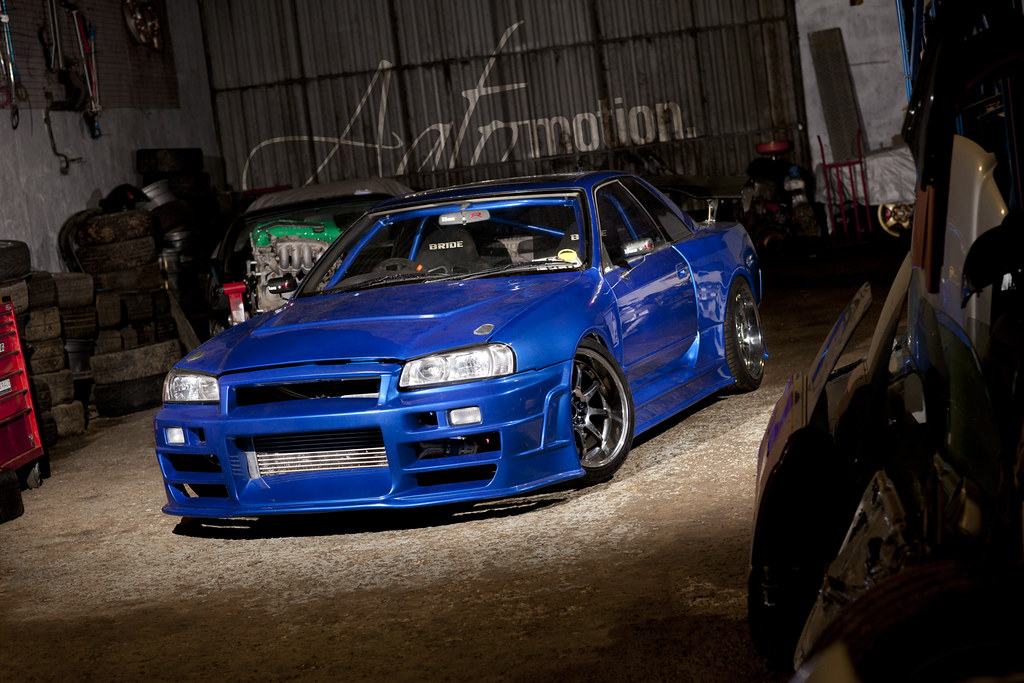
9. **Customs Bonds: Essential Security for Imports**When importing a vehicle into the U.S., a customs bond often emerges as a mandatory, yet frequently misunderstood, cost. While not a direct tax on the vehicle’s value, a customs bond is a financial guarantee to U.S. Customs and Border Protection (CBP) that all duties, taxes, and fees associated with your import will be paid, and all regulations adhered to. It’s essentially an insurance policy for the government, ensuring compliance even if the importer fails to meet their obligations. This crucial security measure helps prevent federal revenue loss and ensures legal adherence throughout the import process.
There are two primary types of customs bonds: a Single Entry Bond, which covers a single shipment, and a Continuous Bond, which covers multiple shipments over a year. For most individual importers bringing in a single JDM classic, a Single Entry Bond is typically sufficient. The cost of a customs bond is usually ‘around 10% of the declared value’ of your vehicle, though in practice, ‘common costs range from $150–$500’ depending on the bond type and the vehicle’s value. This relatively modest expense, especially compared to the vehicle’s total cost, offers significant peace of mind for CBP.
While a customs broker often facilitates the purchase of a bond as part of their comprehensive service package, it’s vital to recognize this as a distinct and mandatory cost. Without a valid customs bond, CBP will generally not allow your vehicle to be entered into the U.S., potentially leading to delays, storage fees, or even the refusal of entry. It’s a non-negotiable part of the import process, ensuring financial responsibility and regulatory adherence from the moment your JDM classic touches U.S. shores. Budgeting for this upfront eliminates unwelcome surprises and keeps your import journey on track.
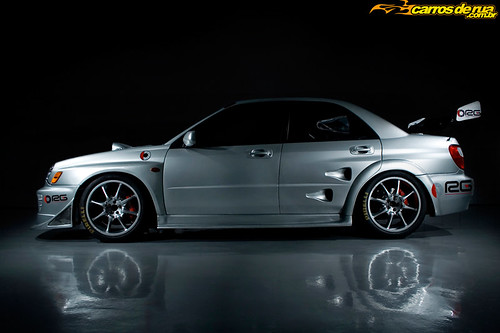
10. **Cargo Damage Protection: Safeguarding Your Investment**After investing in your dream JDM classic, covering its purchase price, shipping, and all the associated fees, the last thing any enthusiast wants to encounter is damage during transit. While professional handling and secure loading are standard practice, the reality of long ocean voyages across the Pacific means that ‘unexpected incidents can occur during lengthy Pacific ocean shipping.’ This is why ‘Cargo Damage Protection’ is an ‘optional but recommended cost’ that provides a vital layer of security, safeguarding your valuable investment against potential loss or damage while it’s in transit.
This crucial protection, often offered by shipping companies like West Coast Shipping, covers a range of scenarios that could affect your vehicle from the moment it leaves the port in Japan until it arrives at its U.S. destination. These scenarios can include ‘damage during loading/unloading, weather-related incidents during 45-day Pacific crossings, and handling mishaps.’ For vehicles as significant as ‘valuable JDM vehicles, particularly rare GT-Rs, Supras, or NSX models,’ the financial exposure without this coverage can be substantial, making the investment in protection a wise decision.
Typically, international transport coverage costs ‘0.5–2% of vehicle value,’ a small percentage when considering the potential replacement cost of a specialized or rare JDM classic. While RoRo (Roll-on/Roll-off) shipping is often the ‘cheapest option’ and container shipping is ‘safer and allows extra parts,’ both methods are still susceptible to unforeseen events. Choosing to insure your vehicle is not just about covering a potential loss; it’s about securing peace of mind. It ensures that in the unlikely event of damage, your financial well-being is protected, allowing you to focus on the excitement of finally driving your dream car.
Read more about: Beyond the Factory Floor: Unpacking the Essential Insurance Policies for Your Custom Vehicle Upgrades
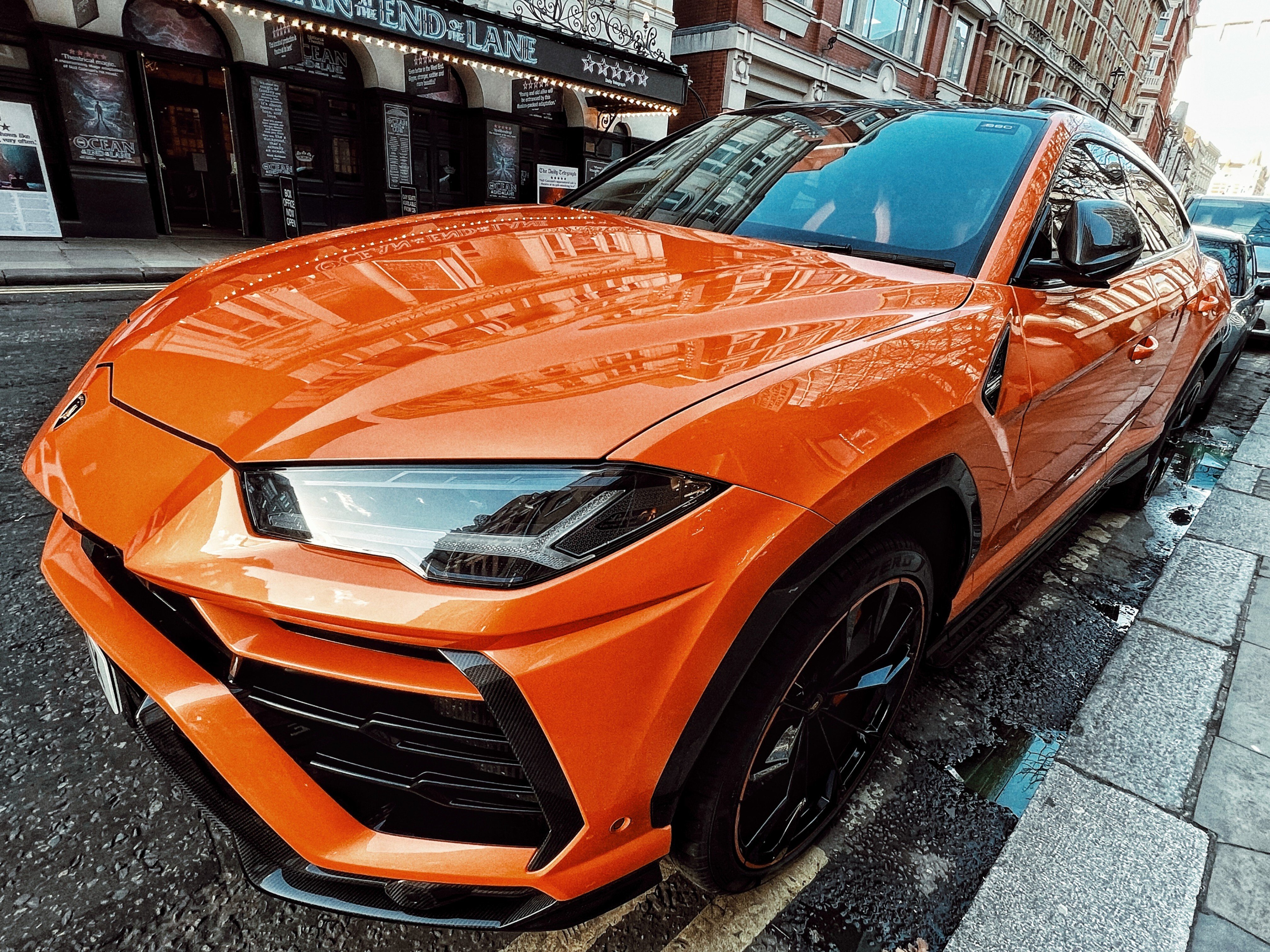
11. **EPA/DOT Compliance for Non-Exempt Vehicles: The Costly Cautionary Tale**While this guide focuses on the streamlined process of importing ’25-year exemption’ JDM classics, it’s absolutely crucial to highlight the prohibitive costs associated with importing a ‘modern (<25 years)’ vehicle that does not qualify for this exemption. This serves as a stark ‘cautionary tale’ as outlined, vividly demonstrating why adhering to the 25-year rule is not just convenient but overwhelmingly economical. Bringing in a newer car ‘requires U.S. compliance via Registered Importer (RI) or ICI’ (Independent Commercial Importer), and the financial implications are staggering.
The modifications needed to bring a modern JDM vehicle up to U.S. Environmental Protection Agency (EPA) and Department of Transportation (DOT) standards are extensive and highly specialized. For instance, ‘Indicative RI costs’ include ‘$2,000–$5,500’ for lighting, a substantial ‘$4,500–$13,000’ for emissions systems, ‘$3,500–$10,000’ for safety systems, and ‘$600–$1,500’ for cluster/speedometer adjustments. These individual costs quickly accumulate, with a ‘Typical RI total’ ranging from ‘$10,600–$30,000.’ This variance is driven by ‘vehicle complexity and retrofit kit availability,’ making it an unpredictable and often overwhelming expense.
Should an RI not be available, the path through an ICI is even more financially crippling. This route involves rigorous and expensive testing to ensure full compliance. Expect costs of ‘$25,000–$50,000’ for EPA testing, ‘$18,000–$45,000’ for DOT testing (though ‘full crash is rare’), and an additional ‘$10,000–$25,000’ for administration and certification. The ‘Typical ICI total’ can soar to a mind-boggling ‘$53,000–$120,000.’ As the context explicitly states, this path is ‘generally uneconomical vs. waiting for 25 years.’ This powerful example underscores the immense financial benefits of carefully selecting a JDM vehicle that fully qualifies for the 25-year exemption, transforming potential financial ruin into a financially sound investment.
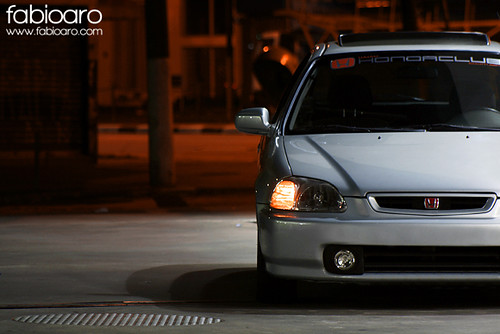
12. **Right-Hand Drive (RHD) Considerations: State-Specific Hurdles and Conversion Costs**One of the defining characteristics of most JDM classics is their right-hand drive (RHD) configuration, a unique aspect that adds to their allure but also introduces specific considerations for U.S. importers. From a ‘Federal’ perspective, ‘RHD is legal; no federal requirement to convert’ a vehicle to left-hand drive (LHD). This clarity at the national level provides a foundational green light for enthusiasts. However, the true complexity emerges at the state level, where regulations and attitudes towards RHD vehicles can vary significantly, presenting ‘state-specific rules’ that importers must thoroughly investigate.
While ‘many states register RHD routinely,’ others ‘impose extra inspection/insurance hurdles or usage limits.’ These hurdles might include more frequent safety inspections, specialized insurance policies that could come with higher premiums, or even restrictions on where and when an RHD vehicle can be driven, such as limitations on highway use or specific commercial activities. Before importing, it’s imperative to consult your specific state’s Department of Motor Vehicles (DMV) to understand any local nuances and ensure your dream JDM car can be legally and conveniently operated in your desired manner.
For those who might consider converting their RHD classic to LHD for perceived convenience or broader state acceptance, it’s important to be aware of the substantial financial commitment involved. ‘Professional RHD→LHD conversions typically run $20,000–$40,000.’ This is a highly complex and labor-intensive process, often requiring extensive dashboard, steering, and pedal assembly modifications. However, the context notes that ‘most JDM collectors keep RHD’ for authenticity, embracing the unique driving experience and avoiding this significant additional cost. Therefore, understanding and accepting RHD as part of the JDM experience, while researching state-specific requirements, is a key part of informed importing.
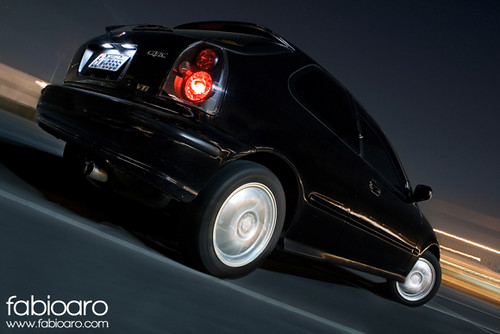
13. **Market-Driven Shipping Variabilities: Navigating Fluctuating Freight Costs**While we previously covered the general costs of ocean freight, it’s vital to recognize that the quoted shipping price for your JDM classic is not static. ‘Market-driven shipping variabilities’ introduce another layer of potential cost fluctuations, making foresight and flexibility key components of a successful import budget. The journey from Japanese ports like Yokohama, Tokyo, Osaka, Nagoya, or Kobe to U.S. destinations such as New York, Long Beach, or Jacksonville involves a complex interplay of global economic factors, logistical challenges, and seasonal demands that can significantly ‘move rates materially.’
Factors such as ‘fuel surcharges (Pacific)’ can ‘often add ~$300–$500’ to the base ocean freight cost. These surcharges are responsive to volatile global oil prices and can change without much notice. Beyond fuel, broader market forces like ‘congestion, equipment availability, seasonality, and carrier adjustments’ all play a role in determining the final shipping price. Peak shipping seasons, unexpected port delays, or a shortage of available shipping containers can drive costs up, sometimes substantially. For instance, major ‘Japanese auctions influence export volume and container availability,’ creating seasonal peaks that impact pricing.
Transit times are also subject to variability, with a typical ‘Yokohama → New York transit’ estimated at ‘~45 days via the Panama Canal’ at an illustrative ‘$3,050.’ However, these are ‘not guaranteed,’ and unforeseen delays can occur. While ‘West Coast arrivals are shorter,’ pricing still ‘varies by lane and carrier.’ For high-value imports, enthusiasts often opt for ‘Containers’ which offer ‘highest protection’ and can include ‘climate-controlled/enhanced security’ at an additional ‘$1,500–$3,500.’ Understanding that ocean freight is a dynamic market, rather than a fixed cost, allows you to anticipate potential shifts and budget accordingly, ensuring no last-minute surprises derail your plans.
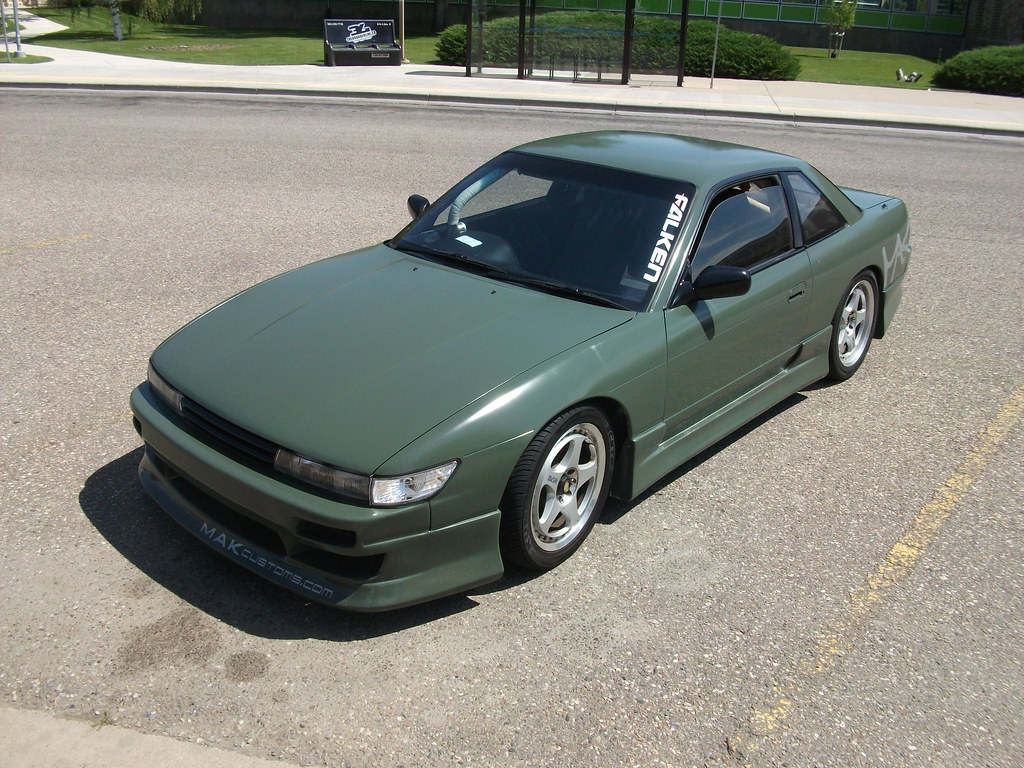
14. **Optional but Recommended Costs: Escrow Services for Secure Transactions**In the realm of international vehicle purchases, especially when dealing with high-value JDM classics bought sight-unseen from a foreign land, securing your financial transaction is paramount. This is where an ‘Optional but Recommended Cost’ for an escrow service becomes an incredibly valuable investment. While not directly tied to shipping or customs, an escrow service acts as a neutral third party, holding your payment securely until all agreed-upon conditions of the sale are met by the seller, thus protecting both the buyer and the seller from potential fraud or misrepresentation.
An escrow service ensures that your funds are not released to the exporter until you have confirmed the vehicle’s successful export, or sometimes even its arrival at the U.S. port, and verified that all documentation is in order. This provides a critical layer of financial security, mitigating the risks associated with large international wire transfers where recourse can be difficult if issues arise. Especially when dealing with a new exporter or a private seller, the peace of mind offered by an escrow service can be invaluable, outweighing its cost.
Typically, escrow services charge a fee, often ‘1–3% of the transaction value,’ which is a small price to pay for safeguarding what is likely a significant investment. While the context mentions ‘Pay cash up front’ or ‘Personal loan’ as financing options, an escrow service adds a professional and secure layer to the payment process itself. This prudent measure reflects a ‘practical and consumer-oriented’ approach, ensuring that your journey to owning a JDM classic is not only legally compliant but also financially protected from start to finish. It’s a proactive step that bolsters confidence in your international purchase.
Bringing a 25-year-old JDM classic to U.S. shores is an endeavor filled with passion, anticipation, and a healthy dose of logistical complexity. By meticulously dissecting these 14 distinct cost categories—from initial customs and brokerage fees to the intricacies of tariffs, the wisdom of cargo protection, and the critical insights into RHD factors and compliance pitfalls—we’ve aimed to strip away the confusion and empower you with knowledge. Armed with this comprehensive understanding, you’re not just importing a car; you’re orchestrating a successful automotive dream, ready to navigate every turn with confidence. So, prepare your budget, double-check your documents, and get ready to legally and proudly drive away in your piece of Japanese automotive history.

